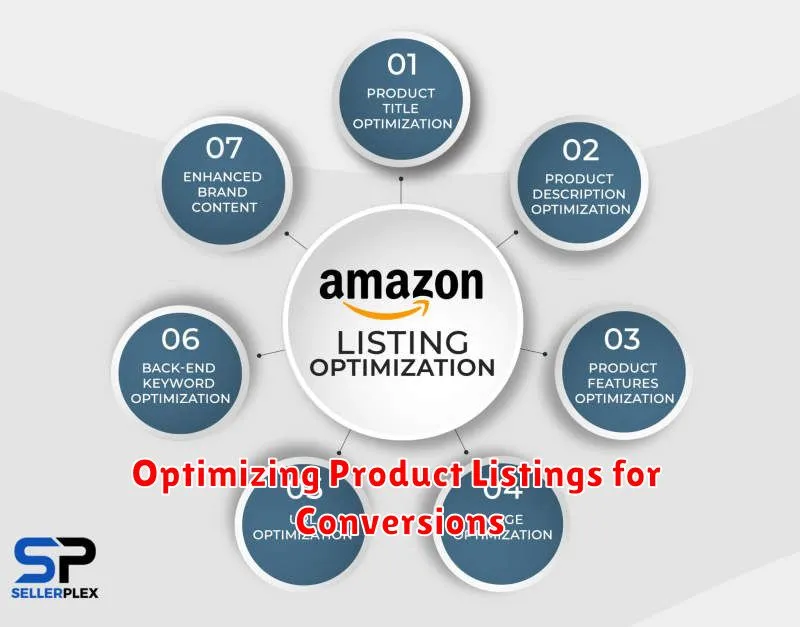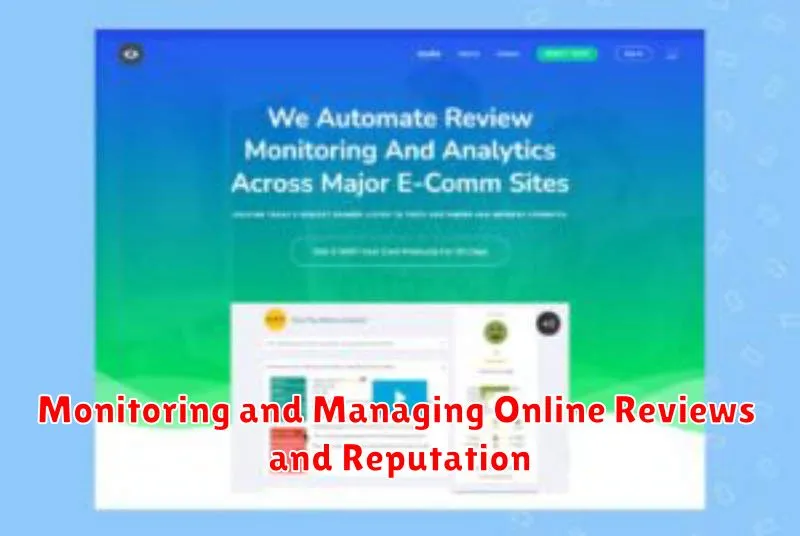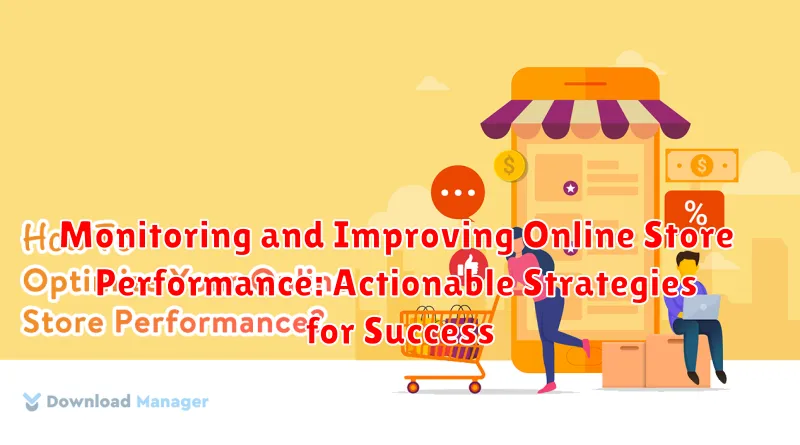In today’s competitive digital landscape, monitoring your online store’s performance is paramount to achieving sustainable success. This article provides actionable strategies to not only effectively monitor key metrics but also to implement data-driven improvements that boost your bottom line. Understanding the intricacies of your online store’s performance, from conversion rates to customer behavior, empowers you to make informed decisions that drive growth and maximize profitability. We’ll delve into essential metrics, analytical tools, and practical techniques to optimize your online store performance and stay ahead of the curve.
Whether you’re a seasoned e-commerce entrepreneur or just starting your online business journey, this comprehensive guide offers valuable insights into improving online store performance. We’ll explore proven methods to enhance customer experience, streamline operations, and ultimately, achieve your business objectives. From analyzing website traffic and sales data to implementing effective marketing strategies, you’ll discover practical steps to transform your online store into a high-performing, revenue-generating machine. Learn how to leverage data-driven insights to make informed decisions, optimize your online store for success, and unlock its full potential.
Key Performance Indicators (KPIs) for Online Stores
Monitoring the right Key Performance Indicators (KPIs) is crucial for understanding your online store’s health and identifying areas for growth. KPIs provide quantifiable data that reflects the success of various aspects of your business.
Some of the most important KPIs for online stores include:
- Conversion Rate: The percentage of visitors who complete a desired action, such as making a purchase. A higher conversion rate indicates effective sales and marketing strategies.
- Average Order Value (AOV): The average amount spent per order. Increasing AOV can significantly boost revenue.
- Customer Lifetime Value (CLTV): The predicted total revenue a business expects from a single customer over their relationship. Understanding CLTV helps justify marketing spend and customer acquisition costs.
- Bounce Rate: The percentage of visitors who leave your website after viewing only one page. A high bounce rate can indicate issues with site design, navigation, or content relevance.
- Cart Abandonment Rate: The percentage of shoppers who add items to their online shopping cart but leave without completing the purchase. Addressing cart abandonment is key to recovering lost revenue.
By tracking these key metrics, you can gain valuable insights into customer behavior and make data-driven decisions to optimize your online store’s performance.
Setting Up Tracking and Analytics Tools
Accurately monitoring your online store’s performance requires the right tools. Implementing robust tracking and analytics platforms is the first step toward data-driven decision-making.
Google Analytics remains a cornerstone for website analysis. It provides invaluable data on website traffic, user behavior, and conversion rates. Setting up Google Analytics involves creating an account, adding your website, and implementing a tracking code on every page. This allows you to collect comprehensive data about your audience and their interactions.
E-commerce tracking within Google Analytics offers specialized reports for online stores. Enable this feature to gain deeper insights into product performance, sales funnels, and transaction data. This data can help pinpoint bottlenecks and optimize the purchase process.
Consider integrating heatmapping tools to visualize user behavior. These tools track mouse movements, clicks, and scrolling patterns, providing a visual representation of how users interact with your website. This can reveal usability issues and areas for improvement in page design.
Analyzing Website Traffic and User Behavior
Analyzing website traffic and user behavior is crucial for understanding how customers interact with your online store. This data provides valuable insights that can inform strategic decisions to improve performance and boost conversions.
Traffic Sources: Identify where your traffic originates. Understanding if users arrive from search engines, social media, or referrals helps tailor marketing strategies. Analyze which sources drive the most valuable traffic – those that lead to conversions.
User Behavior Metrics: Pay close attention to metrics such as bounce rate, pages per session, and average session duration. A high bounce rate might indicate issues with site design, content relevance, or page load speed. Examining pages per session and session duration helps assess user engagement and content effectiveness.
Conversion Funnels: Analyze the steps users take from arrival to purchase. Identifying drop-off points in the conversion funnel highlights areas needing improvement. This could include streamlining the checkout process, simplifying form fills, or offering more payment options.
Identifying Areas for Improvement in Store Design and Navigation
A seamless and intuitive user experience is crucial for online store success. Analyzing user behavior data reveals pain points in design and navigation.
Heatmaps visually represent where users click, scroll, and hover, highlighting areas of interest and neglect. This data informs decisions regarding the placement of calls to action, crucial content, and promotional banners.
Session recordings provide insights into individual user journeys. Observing how users navigate the store, where they hesitate, and where they abandon their carts can pinpoint problematic areas in the design and flow.
User testing involves observing real users interacting with the online store. This provides valuable qualitative data, revealing usability issues and areas of confusion not readily apparent through quantitative data alone. Direct feedback from users highlights specific areas requiring redesign or simplification.
Analyzing form analytics helps optimize checkout processes. Identify fields users struggle with or abandon, and streamline the form to reduce friction and improve conversion rates.
Optimizing Product Listings for Conversions

Product listings are the heart of your online store. Optimizing them directly impacts conversion rates. Focus on providing compelling product titles that are both descriptive and concise. Incorporate relevant keywords to improve search visibility.
High-quality product images are crucial. Showcase your products from multiple angles, and consider lifestyle shots to help customers visualize using them. Detailed product descriptions should answer potential customer questions and highlight key features and benefits. Be clear about materials, dimensions, and any other relevant specifications.
Pricing strategy plays a significant role. Research competitor pricing and ensure yours is competitive. Consider offering bundled deals or discounts to incentivize purchases. Clearly display any associated shipping costs.
Customer reviews and testimonials build trust. Encourage satisfied customers to leave reviews. Display them prominently on product pages to influence purchase decisions.
Improving Customer Service and Support Channels
Exceptional customer service is crucial for online store success. Providing efficient and helpful support builds customer loyalty and encourages repeat business. This section outlines key strategies to enhance your customer service channels.
Diversify Support Channels
Offer multiple support channels to cater to diverse customer preferences. Live chat provides immediate assistance, while email allows for detailed inquiries. A comprehensive FAQ section can address common questions, reducing the need for direct contact. Consider implementing a phone support option for complex issues.
Personalize Interactions
Address customers by name and reference their past purchases to create a personalized experience. Tailor responses to individual needs and demonstrate genuine care. This fosters a stronger customer connection and increases satisfaction.
Proactive Support
Don’t wait for customers to reach out. Implement proactive support strategies such as automated order updates and shipping notifications. Consider sending personalized product recommendations based on browsing history. Proactive support demonstrates attentiveness and anticipates customer needs.
Strategies for Increasing Average Order Value
Increasing average order value (AOV) is crucial for profitability. Several strategies can effectively boost this metric.
Product Bundling and Cross-Selling
Encourage customers to purchase more by offering product bundles at a discounted price compared to buying items individually. Cross-selling complementary products is another effective tactic. Suggest related items during checkout or on product pages.
Volume Discounts and Tiered Pricing
Offer volume discounts to incentivize larger purchases. A tiered pricing structure, such as “buy two, get one free,” or offering free shipping over a certain threshold, can motivate customers to add more to their cart.
Upselling and Premium Offers
Upselling involves suggesting a higher-priced version or a more feature-rich product than the customer initially selected. Presenting premium offers or limited-edition products can also increase AOV.
Leveraging Social Media Marketing for Sales Growth
Social media offers powerful tools for driving sales growth in online stores. Targeted advertising allows you to reach specific demographics and interests, ensuring your message reaches the right audience.
Engaging content is key to capturing attention and fostering a community around your brand. This could include showcasing new products, sharing user-generated content, running contests, or offering exclusive behind-the-scenes looks.
Influencer marketing can expand your reach significantly. Partnering with relevant influencers helps expose your brand to a wider audience, leveraging their established trust and credibility.
Shoppable posts directly link social media browsing to purchasing, streamlining the customer journey and minimizing friction in the sales process. These posts allow users to purchase products directly within the social media platform.
Data analysis plays a crucial role in understanding what resonates with your audience. Track key metrics such as engagement rates, click-through rates, and conversion rates to optimize your social media strategy for maximum impact.
Monitoring and Managing Online Reviews and Reputation

Online reviews are crucial for building trust and influencing purchasing decisions. Actively monitoring your online reputation across various platforms is essential for success. This involves tracking reviews on sites like Google My Business, Yelp, Trustpilot, and industry-specific review platforms.
Utilize reputation management tools to streamline the process. These tools can aggregate reviews from multiple sources, send alerts for new reviews, and provide analytics on sentiment and trends.
Responding to reviews, both positive and negative, demonstrates engagement and commitment to customer satisfaction. Thank customers for positive feedback and address negative reviews constructively, offering solutions and demonstrating a willingness to improve.
Encouraging satisfied customers to leave reviews can boost your online reputation. Make it easy for them by providing direct links to review platforms or implementing post-purchase email sequences with review requests.
Analyzing review data can reveal valuable insights into customer perceptions of your products, services, and overall brand experience. Use this information to identify areas for improvement and implement changes that enhance customer satisfaction.

